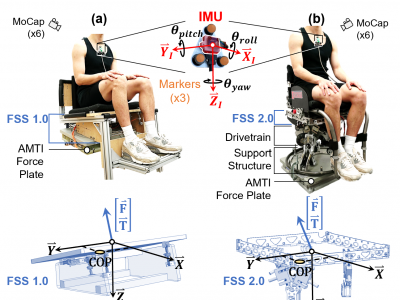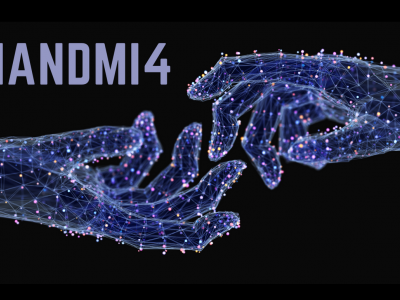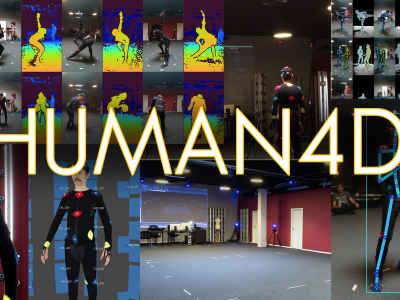motion capture
This data was collected during a validation study of our Torso-Dynamics Estimation System (TES). The TES consisted of a Force Sensing Seat (FSS) and an inertial measurement unit (IMU) that measured the kinetics and kinematics of the subject's torso motions. The FSS estimated the 3D forces, 3D moments, and 2D COPs while the IMU estimated the 3D torso angles. To validate the TES, the FSS and IMU estimates were compared to gold standard research equipment (AMTI force plate and Qualisys motion capture system, respectively).
- Categories:
 121 Views
121 ViewsThe dataset contains motion capture data of the human hand of 20 healthy subjects acquired using two different motion capture technology (wearable IMU and camera-based). This database provides an opportunity to expand the fields of research involving the hands or their range of mobility. Indeed, using this database to train AI's net to recognise gestures/tasks is an excellent beginning point for expanding the field of human-robot collaboration.
- Categories:
 1036 Views
1036 ViewsWe introduce HUMAN4D, a large and multimodal 4D dataset that contains a variety of human activities simultaneously captured by a professional marker-based MoCap, a volumetric capture and an audio recording system. By capturing 2 female and 2 male professional actors performing various full-body movements and expressions, HUMAN4D provides a diverse set of motions and poses encountered as part of single- and multi-person daily, physical and social activities (jumping, dancing, etc.), along with multi-RGBD (mRGBD), volumetric and audio data. Despite the existence of multi-view color datasets c
- Categories:
 1604 Views
1604 ViewsThis dataset features cooking activities with recipes and gestures labeled. The data has been collected using two smartphones (right arm and left hip), two smartwatches (both wrists) and one motion capture system with 29 markers. There were 4 subjects who prepared 3 recipes (sandwich, fruit salad, cereal) 5 times each. The subjects followed a script for each recipe but acted as naturally as possible
- Categories:
 2412 Views
2412 Views




